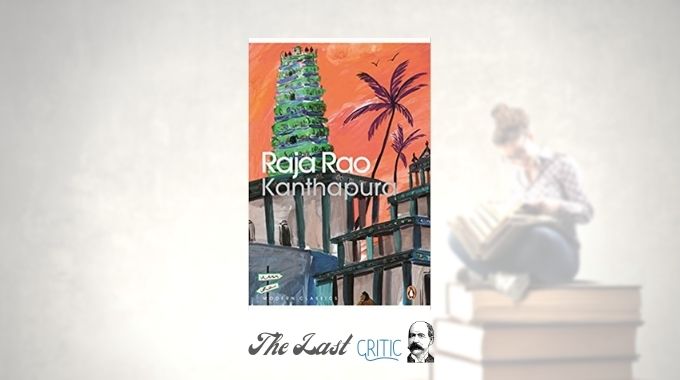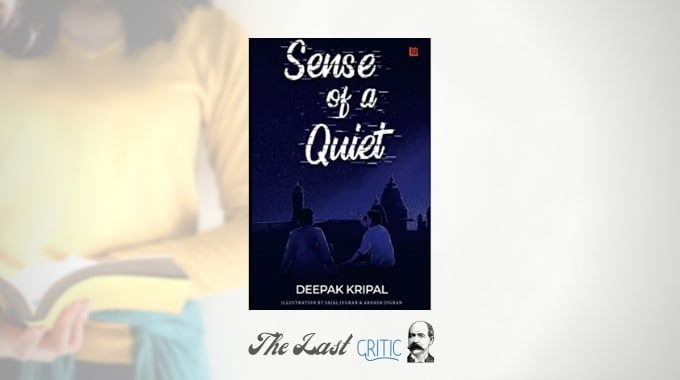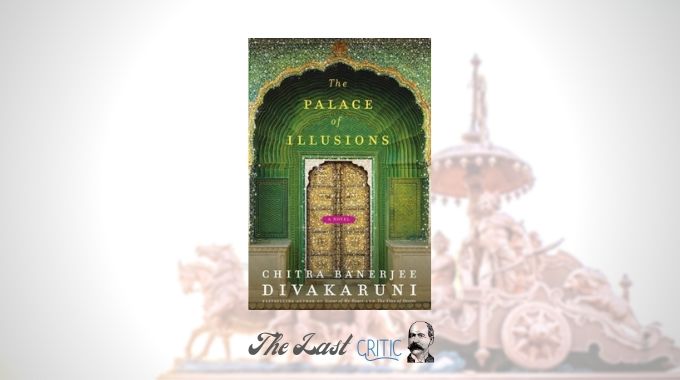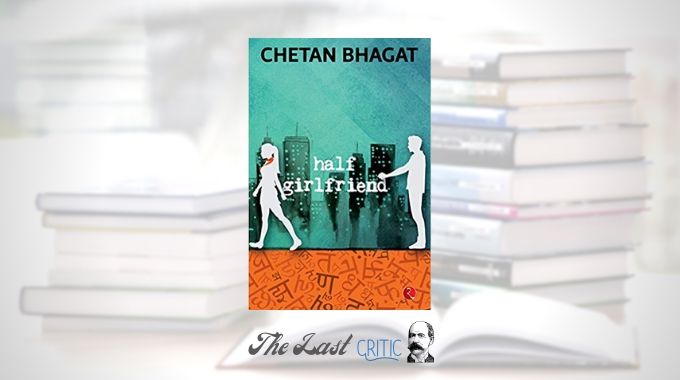
Kanthapura by Raja Rao – Book Review
Kanthapura is a novel by Raja Rao, the famous Indian novelist, takes you back to the time when India was a slave of Britishers and struggling for her freedom. The book takes you the time when caste system was heavily practised in India and any effort taken against this prevalent evil system would cost one to excommunicate from one’s own community. It takes you into the time of Mahatma Gandhi, a pivotal figure in India’s struggle for freedom, and precisely chronicles his contribution to India’s independence movement.
Kanthapura is a fictional village, like Malgudi (of R K Narayan), situated on the Western Ghats in the province Kara. Strategically created in view of the author’s Gandhian loyalties, Kanthapura permeates the fragrance of love, affection, mutual co-operation and a sense of the true spirit of freedom struggle (eventually in the course of the novel’s progress). Though the village area or land is rich in coffee, cardamom, and sugarcane production, the people of the village are poor and caste-ridden. In this small village, there was a Brahmin quarter, a weavers’ quarter, a potters’ quarter, a sudra quarter.
Kanthapura does not really emphasise on the story, struggle, or achievement of any particular character. The author has not created any hero or heroine. Rather, it is the story of an entire town and its actions against the colonial rule. The novel is more place oriented than the characters. It precisely describes the impact of Mahatma Gandhi’s philosophy on this tiny village, struggle of people, their fight against British imperialism and how eventually people adopt and deeply practices the principles of Gandhiji.
The story of the novel focuses on the efforts of Moorthy, an educated Brahmin and adherent follower of Gandhian philosophy who, giving up his studies, come to the village to propagate Gandhiji’s teachings of non-violence and equality. This cost him ex-communication from his community. His mother could not face it and dies out of shock. Moorthy then starts to live with Rangamma, a widow and admirer of Gandhiji’s philosophy. These two then work together to spread equality and non-violence amongst the people of the village. They also encourage people to boycott foreign goods and clothes and embrace traditional Indian style. In the end, their efforts turn out to be successful. Untouchability and castism were completely given up in this village and Brahmins and Pariahs fight together against Britisher’s shoulder to shoulder.
The theme of the novel is purely Indian and it is written in the style of Purana and narrated from the perspective of an old lady of the village who perfectly know all the colours of the place and people.
The book may not excite the readers who usually prefer to read fast-paced stories, romantic fiction or thriller novels. However, this is the book I believe should be read by everyone to closely know the depth, attributes, emotions, characters and colours of Indianness in the Indian English literature.
Review by Nidhi for The Last Critic
Kanthapura by Raja Rao – Book Review
- Nidhi's Rating
5
Summary
A wonderful novel that the readers and academicians pursuing Dalit literature must read…



